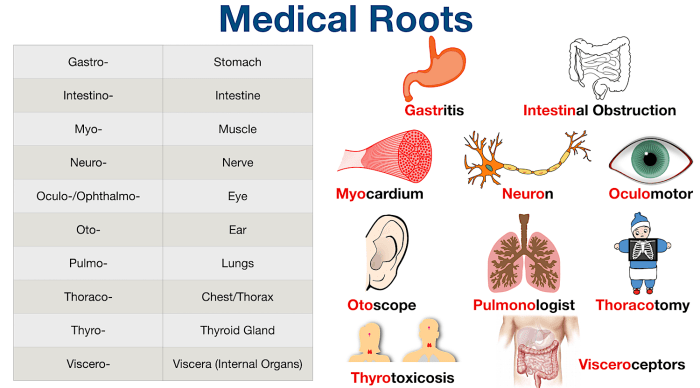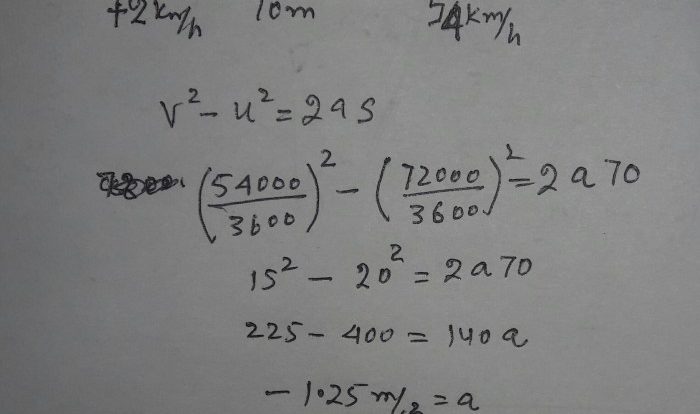As “Intro to Vehicle Parts Terminology – Part 1” takes center stage, this opening passage beckons readers into a world crafted with academic precision and authoritative tone. Prepare to embark on a journey that deciphers the intricate language of automotive engineering, ensuring a reading experience that is both absorbing and distinctly original.
Delving into the realm of vehicle components, we will dissect the major building blocks that constitute a modern automobile. From the fundamental engine system to the intricate transmission and braking mechanisms, this comprehensive guide will illuminate the inner workings of your trusted automotive companion.
1. Introduction
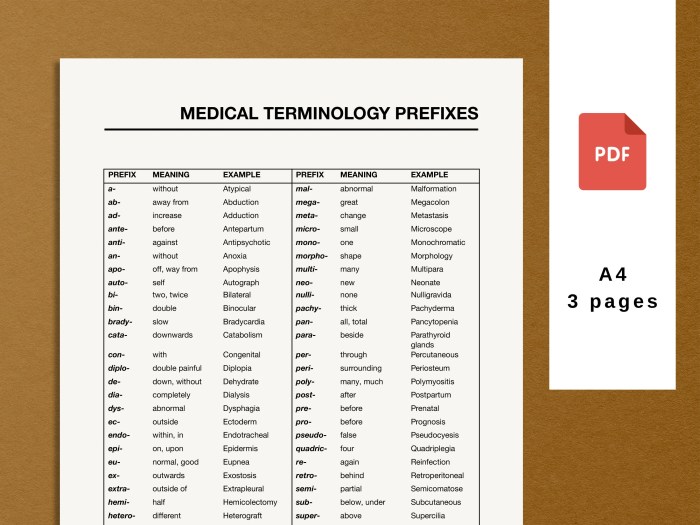
This article provides an overview of the terminology used to describe the parts of a vehicle. Understanding this terminology is essential for effective communication about vehicle maintenance, repair, and operation.
2. Basic Vehicle Components
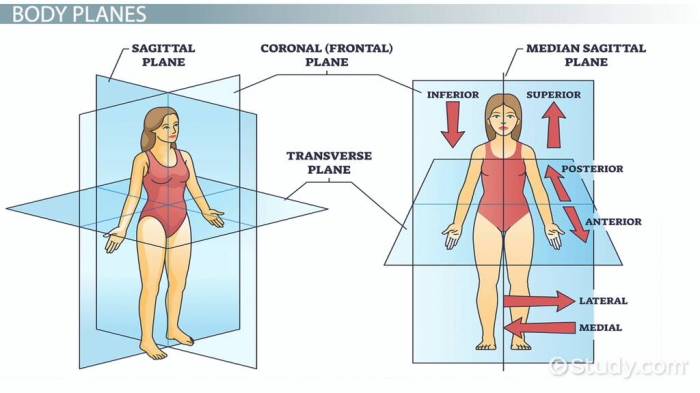
A vehicle consists of several major components, including:
| Component Name | Function | Location |
|---|---|---|
| Body | Provides structure and protection for the vehicle’s occupants and components | Exterior |
| Engine | Converts fuel into energy to power the vehicle | Front or rear |
| Transmission | Transfers power from the engine to the wheels | Connected to the engine |
| Suspension | Absorbs shocks and vibrations from the road surface | Underneath the vehicle |
| Brakes | Slows down or stops the vehicle | All four wheels |
| Steering | Controls the direction of the vehicle | Front wheels |
| Electrical System | Provides power to the vehicle’s components and accessories | Throughout the vehicle |
3. Engine System
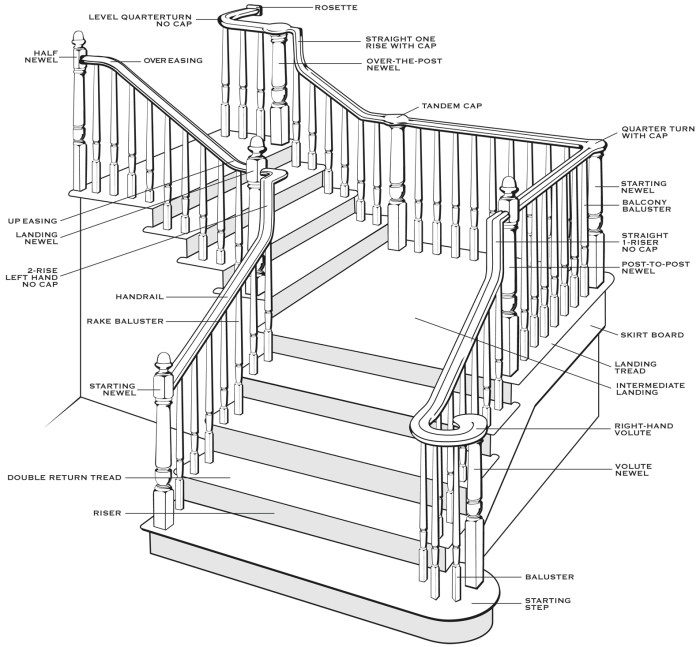
Function and Operation
The engine is the heart of the vehicle, converting fuel into energy through a series of combustion events. The four main strokes of the engine cycle are intake, compression, combustion, and exhaust.
Key Components, Intro to vehicle parts terminology – part 1
- Cylinder: The chamber where combustion takes place
- Piston: The moving part that compresses and expands the air-fuel mixture
- Crankshaft: The rotating shaft that converts the reciprocating motion of the pistons into rotational motion
- Valves: Control the flow of air, fuel, and exhaust gases into and out of the cylinders
- Spark plug: Provides the electrical spark that ignites the air-fuel mixture
Essential FAQs: Intro To Vehicle Parts Terminology – Part 1
What is the purpose of vehicle parts terminology?
Vehicle parts terminology provides a standardized language for describing and identifying the components of a vehicle, enabling clear communication among engineers, mechanics, and automotive enthusiasts.
Why is it important to understand vehicle parts terminology?
Understanding vehicle parts terminology is crucial for effective communication, accurate diagnosis of vehicle issues, and safe and efficient maintenance and repair procedures.
What are some common vehicle parts terminology terms?
Common vehicle parts terminology terms include engine block, cylinder head, piston, crankshaft, transmission, differential, suspension, brakes, and steering.
